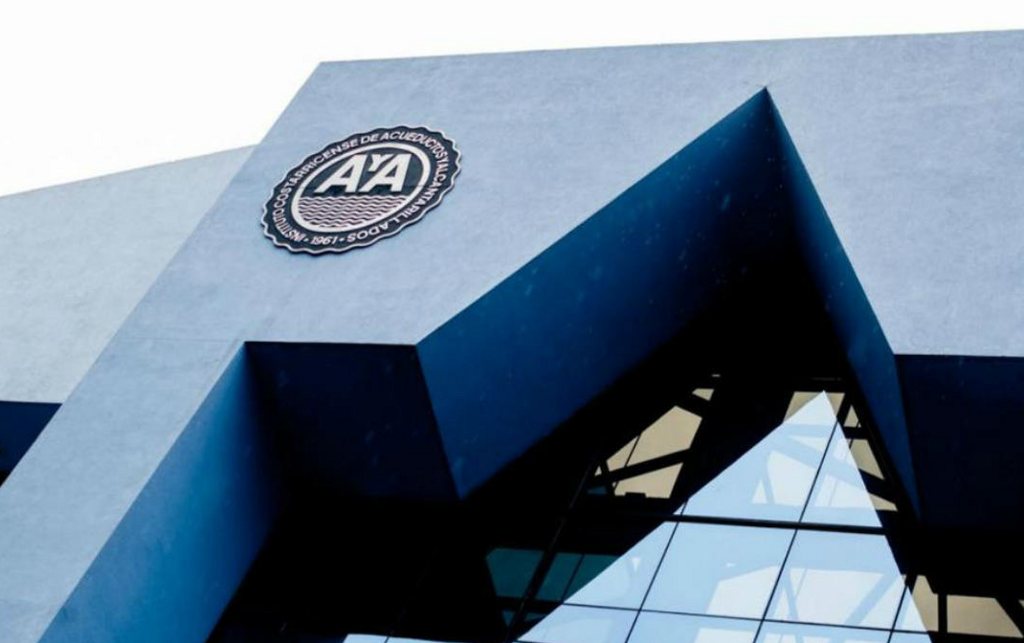RICO’s Q -Yesterday, I published an article titled “10 minutes and more to cross the Tarcoles bridge.” I’ll admit, it had been a few weeks since I last crossed the famous ‘crocodile bridge,’ and I took recent reports at face value—thinking the construction wasn’t causing too many headaches for drivers.
My sources suggested that a 10-minute delay was typical, except during off-hours like late at night.
Turns out, I was wrong. I even told that to the readers who emailed me with their own stories. So, I decided to dig a little deeper.
What I found was pretty eye-opening. Depending on the time and day, wait times can stretch anywhere from 45 minutes to two hours.
Tom Clifton popped up on Gloriana Matamoros’s Facebook post with some practical advice: “Have a good playlist ready. And iPads charged for the kids.” Luis Angel Campos chimed in too, saying, “If you have to pass by the bridge, bring snacks and refreshments to keep you entertained.”
Some folks posted even crazier stories—waiting five, six hours to get through. Veronique Chenu shared, “It took us six hours to get to the airport from Tarcoles on a Friday afternoon. Worst traffic jam of my life.”
Then there’s Melanie Thiessen Iorio, who had a totally different experience: “We had a 5 a.m. flight this morning, so we left Jaco for SJO just after midnight—didn’t even have to stop at the bridge. Breezed through!”
So yeah, it all comes down to timing. Between 7 p.m. and 5 a.m., things seem smooth. But from 8 a.m. to 7 p.m., the story changes—and some days are definitely worse than others.
This brings up a bigger question—why is the Ministry of Public Works and Transportation (MOPT) causing such a mess by working on a bridge that looks perfectly fine?
MOPT insists the bridge isn’t as solid as it looks. They say the reinforcement work is crucial because the structure is seriously worn down. This isn’t just their word; technical studies back it up. The National Laboratory of Materials and Structural Models at the University of Costa Rica (LanammeUCR) and other experts have confirmed it.Back
in 2016, LanammeUCR released a report titled “Evaluation of the condition of the bridge over the Tárcoles River, National Route No. 34.”
That report gave a detailed look at the bridge’s structural health, diagnosing its current state, checking for any damage or risks to its safety and function. It also laid the groundwork for necessary repairs, aiming to keep the bridge safe and reliable on a key route for Costa Rica’s traffic and transport.
It took nine years for MOPT to finally act on this. That might sound like forever, but in MOPT terms, it’s apparently “just around the bend.”
The alternate routes
For the most part, the Tarcoles bridge stands as the main route connecting the Central Valley with Central Pacific spots like Jaco and Quepos.
There is an alternative path—Ciudad Colón to Puriscal to Esterillos—mostly traveled via National Secondary Route 239. This road links Ciudad Colón to Puriscal and then heads toward the coast near Esterillos.
While mostly paved, this route can get narrow and twisty, especially as it climbs through higher elevations. The section between Route 34 (the coastal highway) and Mastatal has recently been improved and graded, but the whole stretch is still vulnerable to mudslides and heavy fog. Driving here at night or in bad weather can be tricky and sometimes risky.
Between Ciudad Colón and Puriscal, some maintenance and paving have helped smooth out travel, but it’s still a secondary road with tight spots and limited safety features. Fog often cuts visibility, especially up high, and lighting is scarce. Plus, expect one-lane bridges and sharp bends—typical of rural roads in Costa Rica.
In short, the Ciudad Colón-Puriscal-Esterillos route works, but requires careful driving.
If you’re traveling to or from the South Pacific and want to dodge the hassle at Tarcoles bridge, your best bet is using Costa Rica’s Ruta 34 combined with Ruta 2 (Interamericana Sur).
The route heads east from San José, passing through Cartago before turning south toward San Isidro del General (Pérez Zeledón) through the Cerro de la Muerte. From Pérez, you can keep going down Ruta 2 all the way to Paso Canoas. Alternatively, you can take Ruta Nacional Secundaria 243 west to Dominical. From there, you can travel north to Quepos and Jaco or go south to reconnect with Ruta 2 all the way to the Panama border.
Source link
Rico



